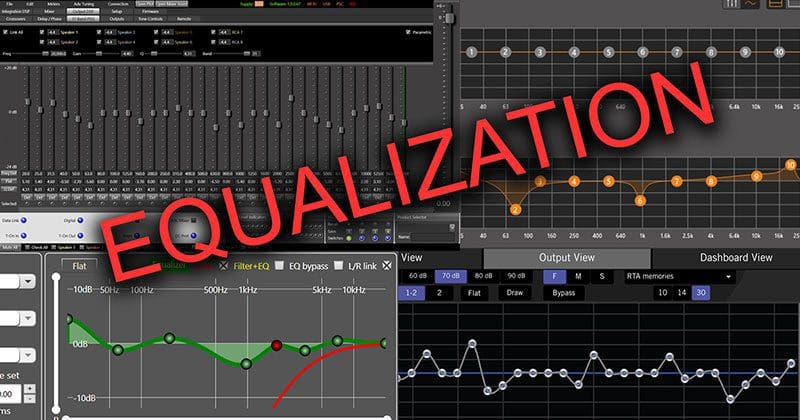As we roll forward with our look at the importance of digital signal processors in car audio systems, we’ll talk about the need for proper equalization. Even if you’ve purchased the best speakers available and invested in having them integrated into your vehicle with the utmost precision – compensating for the acoustic characteristics of the vehicle is necessary to achieve great sound quality. Let’s look at how the equalizer in a digital signal processor works, explain its importance, and offer some purchasing tips.
What Is an Equalizer?
An equalizer, often called an EQ as an abbreviation, is an electronic device that changes the frequency response of an audio signal. The simplest and most common equalizer would be the bass and treble tone controls built into a standard radio.
In the digital domain, there are four types of equalizers that we’ll discuss: graphic, parametric, semi-parametric and shelving.
Graphic Equalizer Basics
A graphic equalizer comprises a number of adjustments (called bands) that are set at specific frequencies. The range of frequencies each band affects is determined by the total number of frequencies in the equalizer. A 31-band EQ is often referred to as a 1/3-octave equalizer because there are three adjustments available per octave. For a 31-band equalizer covering the entire audio range from 20 Hz to 20 kHz, each adjustment has a Q of roughly 4.32. If you have a 20-band EQ, then that would be a half-octave EQ, and each adjustment would have a fixed Q-factor of 2.87.
Each band of the equalizer can add to the signal (called boosting) or remove information around a specific frequency (called cutting). There are myths around the maximum amount of boost you can add to a signal that was based on analog processing and noise issues. Properly designed 32-bit processors have enough digital headroom that significant boosts don’t cause distortion. It should be noted that if there is a need for a significant amount of boost, there’s possibly a cancellation issue in the vehicle that can’t, or shouldn’t, be resolved with tuning.
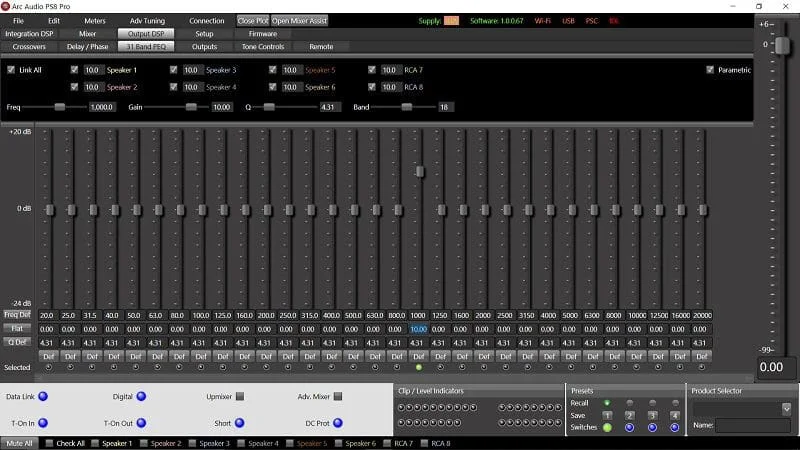
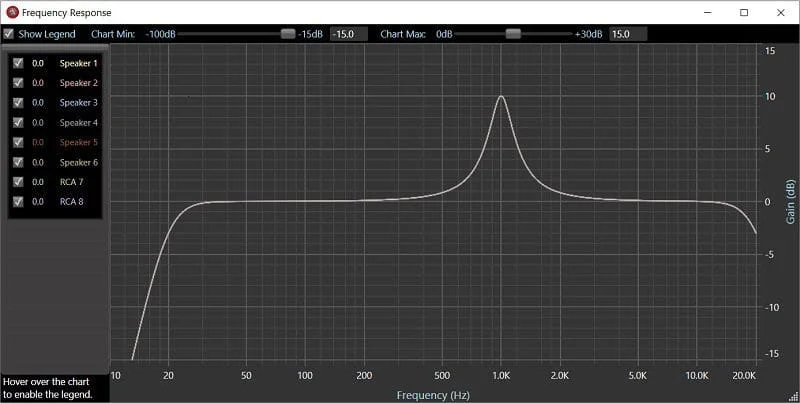
Parametric Equalizer Basics
A parametric equalizer is more flexible than a graphic EQ in that you have control over the center frequency and the bandwidth of each equalization band. As such, each band has three values associated with it in the configuration screen. This flexibility allows the technician who is calibrating the system to hone in on specific issues. Since the concept often isn’t understood, we’ll provide a couple of examples to demonstrate how adjusting the Q-factor changes the range of frequencies that each band alters.
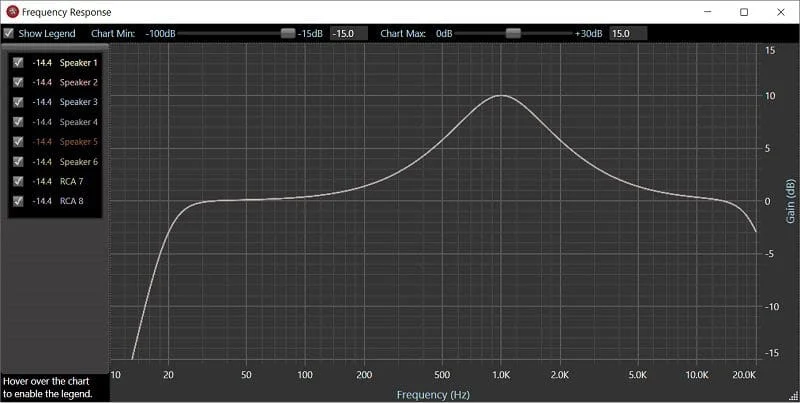
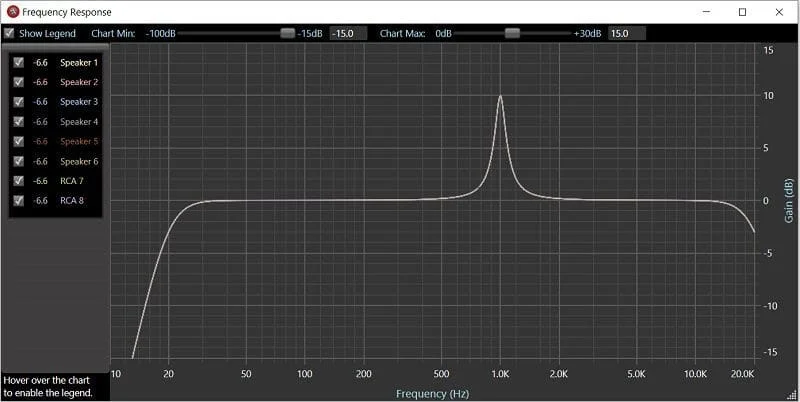
Semi-Parametric Equalizer Functionality
Though rare in the car audio industry, a semi-parametric equalizer (sometimes called a paragraphic EQ) allows you to pick a center frequency for each band, but you can’t adjust the Q-factor. For example, most 1/3-octave EQs have bands centered at 800, 1,000 and 1,250 Hz. A semi-parametric EQ will let you pick any frequency. In the example below, we have a 1/3-octave EQ with a fixed Q-factor of 4.31. The center frequency of the band is set to 1080 Hz and the boost remains at 10 dB.
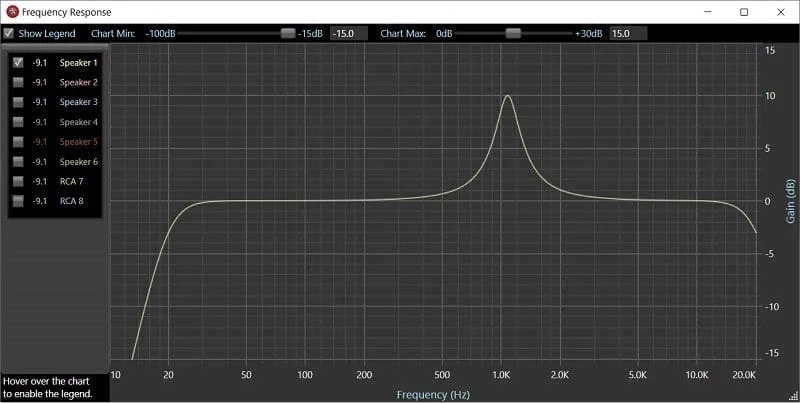
Shelving Equalizer Applications
Very few digital signal processors include shelving equalizers. With that said, they can be handy in terms of shaping the acoustic response of a mobile audio system to suit the listening preferences of the vehicle owner. A shelf EQ boosts or cuts frequencies above or below an adjustable frequency. If the technician needs to tame a set of efficient tweeters in a passive system, shelving equalization is a great way to make that adjustment and maintain a smooth transition to adjacent frequency bands.
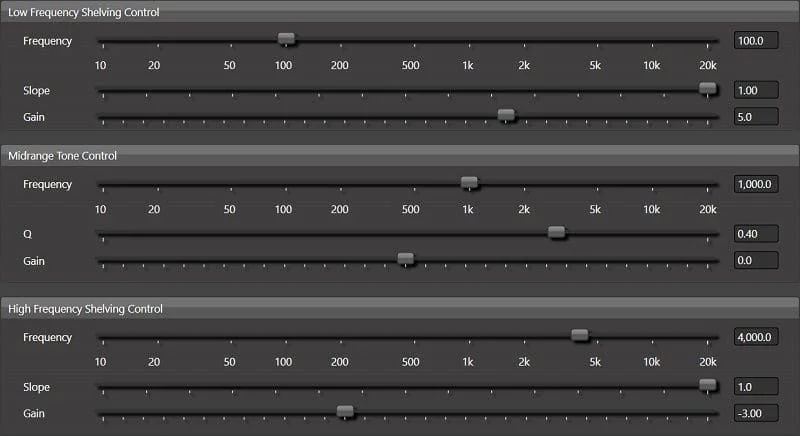
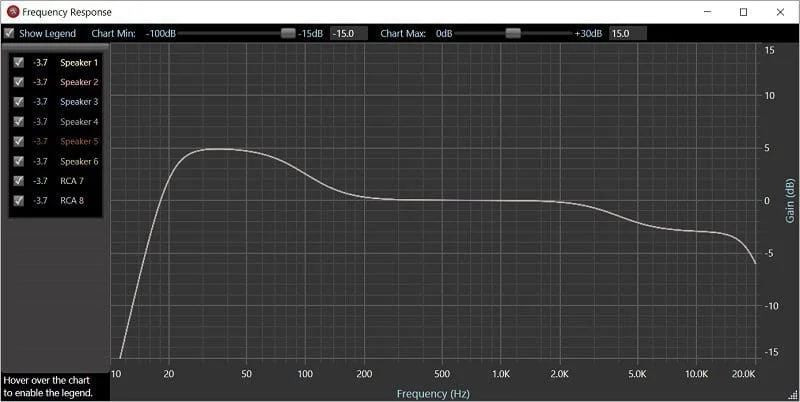
All-Pass Filters in Two-Seat Systems
If you are having an audio system designed and installed such that it will be configured to provide a stable relatively center image from both the driver and passenger seat, then you will need a signal processor that includes the capability of adding an all-pass filter. An AP filter doesn’t affect the frequency response of the signal, but it improves the way the left and right channels interact with each other.
Why Does Your Car Audio System Need a DSP Equalizer?
As we mentioned at the beginning of this article, equalizing the output of your speakers to compensate for changes in frequency response because of reflections and resonances is crucial to obtaining great sound in your car or truck. As the sound produced by your speakers reflects off of different surfaces in your vehicle, it will be reflected toward the listening position. The variances in arrival time wreak havoc with the perceived frequency response of the system.
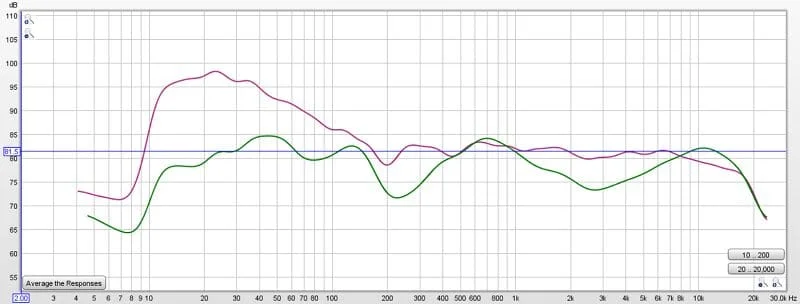
The graph above shows the frequency response of a four-way audio system. The green trace highlights just how bad this system would sound. There’s more than 12 dB of variation between 220 Hz and 700 Hz, and another dip of 11 dB at 2.8 kHz. There’s also no bass and too much high-frequency energy. The violet curve shows how some equalization can smooth the response of the system. After calibration, the system is flat within 4 dB from 200 Hz to over 15 kHz. The boost in the bass and the roll-off of the high-frequency information demonstrate that the system was calibrated to a commonly-used, quite enjoyable reference (or target) curve.
Shopping for the Right DSP Equalizer
When it comes time to buy a digital signal processor for your car audio system, you’ll want to ask your product specialist a few questions. If you’re investing in a processor, then you likely have an audio system designed to use active filtering. You will want to ask about how many EQ bands are available for each output. If it’s a graphic EQ and you have an active system, 15 bands per output, assuming they are at least semi-parametric, is adequate. If the system is going to use passive filters between a midrange and tweeter, you may want more bands – 30 would be ideal. These numbers drop dramatically if the system uses parametric filters – 10 is likely adequate for a properly designed system.
Global DSP equalization is important to maintaining correct phase through the crossover region. The DSP you choose should offer the ability to adjust multiple bands simultaneously.
Presets are another great feature. You may want to have one configuration that’s tuned close to a reference system response curve for critical listening and have another with a little more bass and midbass for those times when you want to rock out at high volume levels.
Experience How a Digital Signal Processor Can Improve Your Car Audio System
Even if you have a simple car audio system with a four-channel amplifier and new front and rear speakers, a digital signal processor can, once calibrated for your vehicle, transform the listening experience into something that’s truly remarkable. Drop by your local specialty mobile enhancement retailer today and ask for a demonstration. You’ll be blown away!
